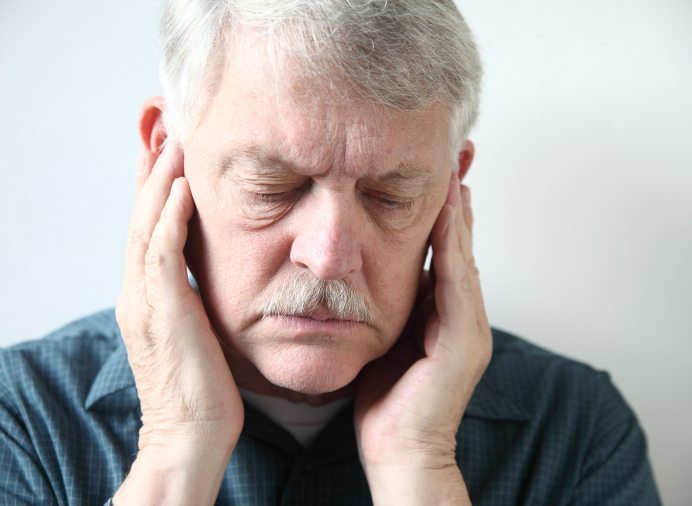Dealing with TMD

Temporomandibular disorders refer to a variety of problems that cause pain and for the jaw joint to function poorly. These types of conditions are also known as TMD, or TMJ (temporomandibular joint) disorders, and can range from a mild nuisance to a life-altering problem. In less severe cases, TMD can cause shooting pains throughout the jaw whenever a person bites down on a hard piece of food. While unpleasant, this condition is not considered serious, and the pain will eventually go away with some simple home care.
However, in severe cases of TMD, routine everyday tasks, such as talking or eating, become incredibly painful and can no longer be taken for granted. Some patients with severe TMD may even frequently experience their jaw joint slipping out of place as they sleep, causing them to wake the next day unable to open their mouths a few millimeters, which makes eating or talking all but impossible.
Signs of Concern
While symptom of TMD vary, they usually include:
- Pain along the jaw muscles used for chewing or in the jaw joint
- Pain the face, neck, or jaw
- Stiff jaw muscles
- Locked jaw or one with limited movement
- Painful grating, popping, or clicking in the jaw joint
- Alterations in how the upper and lower teeth fit
While women are more likely to suffer from TMD than men, the National Institutes of Health estimate that over 10 million Americans suffer from the condition each year.
Where to Find Help
If you experience any of the above symptoms, contact your dentist to discuss a potential diagnosis for TMD. To determine whether your symptoms may be related to TMD, your dentist may ask you a series of questions relating dental and medical history, while also examining your jaw, teeth, face, neck, and head.
Since many people who experience milder symptoms of TMD, such as neck pain, headache, or a ringing in their ears, usually visit their general practitioner for assistance, they often receive a misdiagnosis for another condition, such as an ear infection for example, before eventually receiving a referral to their dentist for treatment. You can avoid costly and unnecessary visits to the doctor’s office by correctly self-diagnosing the underlying cause behind your jaw pain. To assist with this, keep in mind that while an illness will generally come on suddenly, TMD is a persistent problem with symptoms that grow progressively worse.
TMD Treatment
In extreme cases, TMD may require surgery in order to treat and repair the problem. Fortunately, the number of TMD cases that require surgery are relatively low, and most cases can be treated using several nonsurgical methods, including:
- Mouth guard. The primary treatment method for TMD cases that cause jaw muscles pain or tightness involves the use of a plastic guard that slips over both sets of teeth. The guard allows your teeth to move smoothly over each other, which enables the jaw muscles to relax and for the pain to recede. While most patients only need to wear a mouth guard at night while they sleep, severe cases may require a patient wear the guard at all times except when eating.
- Physical therapy. A number of physical therapy treatment methods may be utilized by your dentist to help increase range of motion in the jaw and to reduce muscle tension. These methods can include the use of ultrasound, stretching exercises, or biofeedback. Learning stress management techniques, yoga, or medication may also prove beneficial to patients.
- Drug therapy. In some cases, a dentist may prescribe anti-inflammatory medications to relieve a patients pain and muscle relaxants to help easy jaw tension.
Talk with Dr. McLeod to determine the right treatment method for you.
